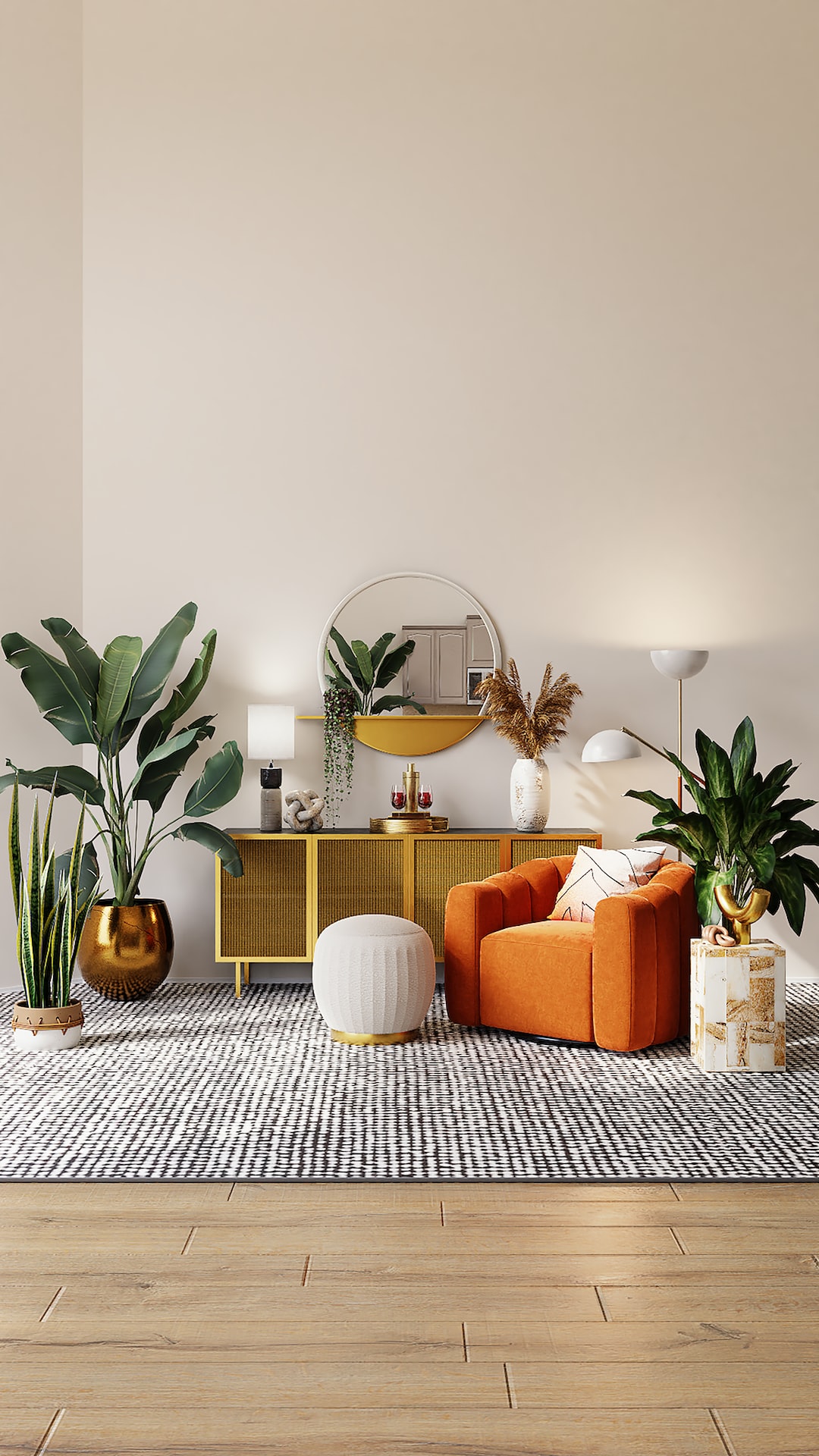The Impact of Furniture on Productivity and Well-being in the Workplace
The workplace environment has a significant impact on employees’ productivity and well-being. As companies strive to create a work environment conducive to success, one element that is often overlooked is the role of furniture. The furniture in an office space can greatly influence the way employees work and feel while on the job. In this blog post, we will explore the impact of furniture on productivity and well-being in the workplace.
1. Ergonomics and Comfort:
One crucial aspect of furniture is its ergonomic design. Office chairs that provide proper lumbar support and adjustable features help employees maintain a healthy posture while working. Desks at the correct height with ample legroom and space for equipment also prevent discomfort and strain. When employees are comfortable, they can maintain focus on their tasks for more extended periods. Comfortable furniture allows employees to work without distractions caused by discomfort or pain, leading to improved productivity and overall well-being.
2. Enhancing Collaboration:
Collaboration is essential in the modern workplace, and furniture plays a crucial role in facilitating effective teamwork. Employers now opt for collaborative workstations that encourage employees to come together, share ideas, and collaborate on projects. Furniture solutions like specially designed tables that can be combined and rearranged easily enable teams to collaborate seamlessly. By encouraging communication and collaboration, these furniture arrangements foster a sense of unity among employees, which positively impacts their productivity and well-being.
3. Creating Personalized Spaces:
Furniture allows employees to create personalized spaces that reflect their personality and preferences. Incorporating elements like adjustable standing desks or break-out areas with comfortable seating enables employees to adapt their work environment to their specific needs. A personalized workspace can improve an employee’s sense of ownership and motivation, indirectly boosting their productivity and overall well-being.
4. Flexibility and Mobility:
Flexible and mobile furniture is becoming increasingly popular in the modern workplace. Employees need furniture that can be easily rearranged, allowing them to create a workspace that suits a particular task. For instance, variably sized tables and movable desks enable teams to adapt their workspace based on the project at hand. Additionally, mobile furniture enables employees to change their working environment, eliminating the monotony of sitting in the same spot all day. This flexibility and mobility enhance productivity by providing employees with the freedom to work in a way that best suits their needs.
5. Promoting Well-being:
Furniture can contribute to employee well-being by incorporating design elements that encourage movement and physical activity. For example, standing desks have gained popularity due to their benefits. By providing an option to switch between sitting and standing, they combat the adverse health effects of prolonged sitting. Ergonomically designed furniture that encourages proper posture and movement reduces the likelihood of musculoskeletal disorders, ultimately leading to improved well-being. Additionally, furniture made from sustainable materials can also contribute to employee well-being, as using eco-friendly products promotes a healthier environment.
6. Enhancing Work-Life Balance:
The design and layout of office furniture can have an impact on the work-life balance of employees. For instance, offices that incorporate comfortable lounge areas or breakout spaces create an atmosphere that encourages relaxation and stress relief. These areas allow employees to take short breaks which can help recharge their minds and boost overall productivity. Creating spaces that blur the line between work and leisure can help employees achieve a better work-life balance, ensuring they feel more satisfied and motivated while at work.
In conclusion, the impact of furniture on productivity and well-being in the workplace cannot be overstated. By investing in ergonomic, collaborative, personalized, flexible, and well-designed furniture, employers can positively influence their employees’ productivity and overall well-being. Comfortable and functional furniture ensures employees can work without physical discomfort or distractions. The ability to personalize workspaces and incorporate flexible and mobile furniture allows employees to adapt their environment to their specific needs, leading to greater productivity. Moreover, furniture that promotes well-being by encouraging movement and supporting a healthy work-life balance contributes to a positive and thriving workplace environment.
